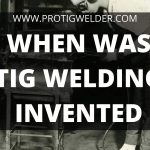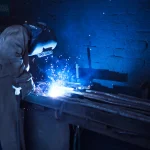Shielded Metal Arc Welding (SMAW) is a welding process that uses an electric arc to heat the metal and join it together. SMAW is often called by its nickname, “stick welding.” It’s one of the most versatile welding processes and can be used to weld a variety of different metals. In this blog post, we’ll discuss what is shielded metal arc welding, and how it’s used in the welding process.
What Is Shielded Metal Arc Welding (SMAW) Used For?
SMAW can be used to weld a variety of metals, including carbon steel, stainless steel, and alloy steel. It’s commonly used to weld structural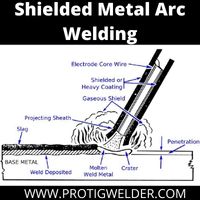
SMAW Basics
The SMAW process is one of the oldest welding processes and was first developed in 1888. It’s still widely used today because it’s inexpensive and easy to learn.
The SMAW process begins when the electrode is touched against the workpiece, which creates an electric arc. The current flows through the electrode, melts it, and then heats the metal to form a puddle of molten steel. Filler metal is added and the weld puddle is dragged along the length of the workpiece.
Filler Metal
When SMAW is used, it requires a filler metal to add to the weld. There are many different types of filler metals, each with its own unique properties. Some of the more popular types are E6010, E7018, and E8028.
When selecting a filler metal for SMAW, it’s important to consider the following factors:
- Composition of the base metal
- The thickness of the base metal
- Position of welding on the base metal
- Type of electrode being used
- Alloy content
A base metal with a high percentage of ferrite will require a filler metal that has more alloy content. Base metal composition is important because it determines how quickly the weld will cool and whether or not the filler metal will be able to penetrate the base metal.
SMAW Variations
There are two major variations of SMAW: Shielded metal arc welding (SMAW) with non-consumable electrodes
Shielded Metal Arc Welding (SMAW) with consumable electrodes
The process used for each variation depends on the thickness of the material being welded and whether or not the electrode is consumable.
Non-consumable electrodes are used for thinner materials and to weld out of position. They are also sometimes used for materials that are too thick to use a consumable electrode.
Consumable electrodes are used for thicker materials and are preferred for vertical welding.
Abrasion-resistant electrode
An electrode is a component of SMAW that supplies the welding current. There are a variety of different types of electrodes, including basic, rutile, and metal-cored electrodes. Abrasion-resistant electrodes are designed for welding high-alloyed steels and stainless steels. They have a higher melting point than other types of electrodes and are less likely to cause crater cracking.
Arc:
An arc happens when electricity passes through a gas. In welding, this is between the electrode and the metal being welded together. It either happens between the electrode and the base metal or between the electrode and gas that’s protecting the welding surface.
Arc voltage:
In stick welding, the electrode emits a stream of electrons that leave with enough kinetic energy to create an arc. Arc voltage is the difference in electrical potential between the electrode and the base metal in contact with it.
Covered electrodes
Also known as covered or solid welding rods, covered electrodes typically have a nickel coating. They are typically used to join metals that corrode easily because the nickel coating protects the metal from corrosion.
Electrode extension
Electrode extensions are made from highly conductive metal, such as copper. Their purpose is to increase electrical contact between the electrode and the welding surface.
Electrode positive
An electrode that’s positively charged by passing a current through it, which causes a buildup of electrons on its surface.
Electrode negative
An electrode that’s negatively charged by passing a current through it, which causes a depletion of electrons on its surface.
Basic SMAW electrode classification and matching tables
There are five main types of electrode coatings: cellulose, rutile, basic, low hydrogen, and stainless steel.
Cellulose-coated electrodes are the most common type. They’re easy to use and provide good welds, but they aren’t as durable as other types of electrodes.
Rutile-coated electrodes are more durable than cellulose-coated electrodes and provide good welds.
Basic-coated electrodes are the most durable type of electrode and provide the best welds. However, they’re also the most difficult to use.
Low hydrogen-coated electrodes provide good welds, but they need to be used with a special welding process.
Stainless steel electrodes are often used on stainless steel and offer good weld quality.
Shielded Metal Arc Welding (SMAW) with Non-consumable Electrodes:
SMAW is usually performed using a non-consumable electrode. The electrode is a piece of metal that conducts electricity to the weld puddle. The electrode also contains all the filler material for the weld. This makes it possible to weld without adding additional filler material.
The benefits of using shielded metal arc welding
– SMAW is a versatile welding process that can be used to weld a variety of different metals.
– It’s easy to learn and can be used by beginners.
– SMAW produces high-quality welds.
– Welding is a fun, creative process that allows you to make things with your own hands.
– SMAW is a hands-on process and forces you to be physically active.
Technical benefits:
– SMAW uses a metal electrode, which is consumed during the welding process. When it’s time to replace the electrode, you must unplug your welder and plug in a new one.
– When your electrode is completely consumed, you will need to replace it. The electrode may be consumed in a few hours or can last for a day, depending on your welder and the type of electrode you’re using.
– Another benefit of SMAW is that you get to choose the electrode. There are two electrodes: pure and mixed. The pure types generally have a lower welding capacity but they’re very easy to use. Mixed types, on the other hand, have a higher welding capacity and require more effort and practice to master.
– You can also adjust the amperage of your welder to control the thickness of the weld. If you need a thin, accurate weld, use less power and a longer arc length. If you need a thicker, faster weld, use more power and a shorter arc length.
Drawbacks to using this type of welding:
While SMAW is a versatile welding process, it does have some drawbacks. One of the main drawbacks is that it can be slow and difficult to use. It also requires a lot of practice to become proficient with it. Additionally, SMAW can be dangerous if not used properly, so it’s important to always wear the proper safety gear when using this welding process.
Examples of what can be welded with this type of welding :
SMAW can be used to weld a variety of different metals, including:
- Steel
- Iron
- Aluminum
- Copper
- Nickel
- Titanium
- Molybdenum
SMAW Process Phases
The SMAW process takes place in three phases: preheat, weld, and cool down. These phases of the welding process are discussed below.
Preheat: In the preheat phase, the electrode and base metal are heated to a specific temperature. This phase of the welding process is critical to keep impurities and contaminants from entering the weld.
Weld: In the weld phase, the electrode and base metal are melted and combined. The weld pool is created by the heat from the electric arc and filler rod.
Cool Down: In the cool-down phase, the weld and base metal are cooled to room temperature. This final phase of the welding process ensures that the metal is strong and durable.
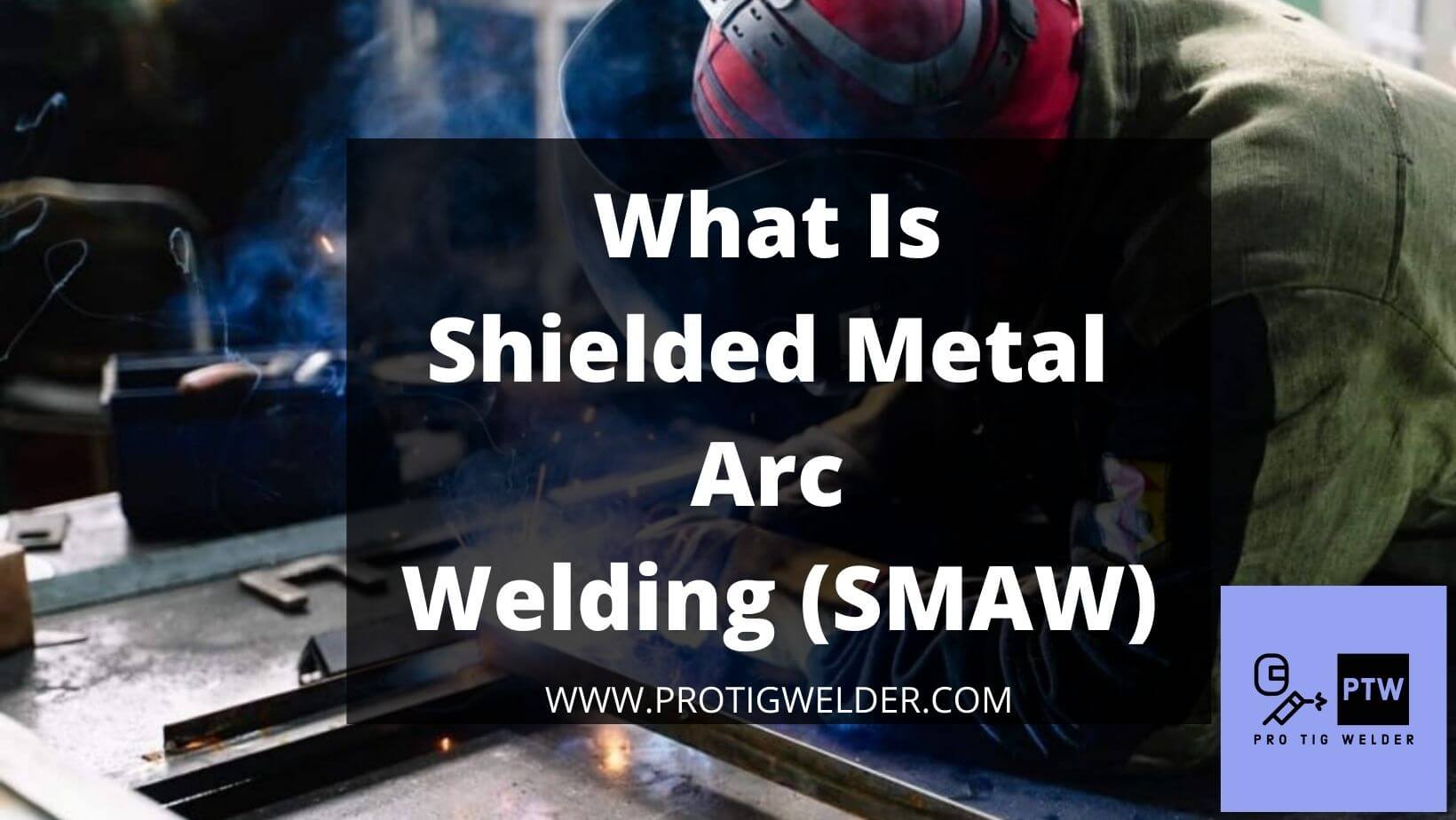
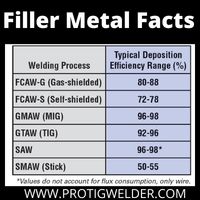
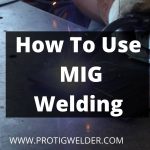
![How to Weld Stainless Steel? [Complete Guide] | PROTIGWELDER How to Weld Stainless Steel](https://protigwelder.com/wp-content/uploads/2021/12/How-to-Weld-Stainless-Steel-1-150x150.jpg)
![How TIG Welding works? [Understanding of TIG Welding] How TIG Welding works](https://protigwelder.com/wp-content/uploads/2021/12/How-TIG-Welding-works-1-150x150.jpg)
![What Is Friction Welding Process? | [Best Guide - PROTIGWELDER] What Is Friction Welding Process](https://protigwelder.com/wp-content/uploads/2022/01/What-Is-Friction-Welding-Process-150x150.jpg)
![What is MIG and TIG Welding | Best Guide 2022 [PTW] what is mig and tig welding (1)](https://protigwelder.com/wp-content/uploads/2022/01/what-is-mig-and-tig-welding-1-150x150.jpg)

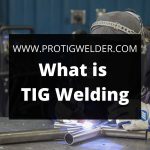
![Difference Between TIG and MIG Welding? | [Update 2022] Difference Between TIG and MIG Welding](https://protigwelder.com/wp-content/uploads/2021/12/Difference-Between-TIG-and-MIG-Welding-1-150x150.jpg)
